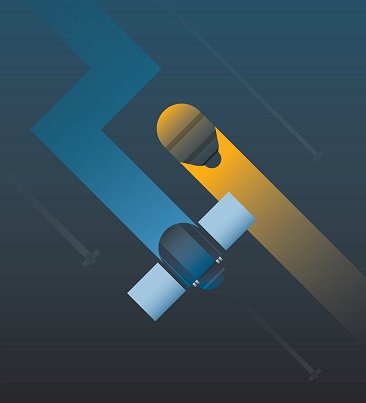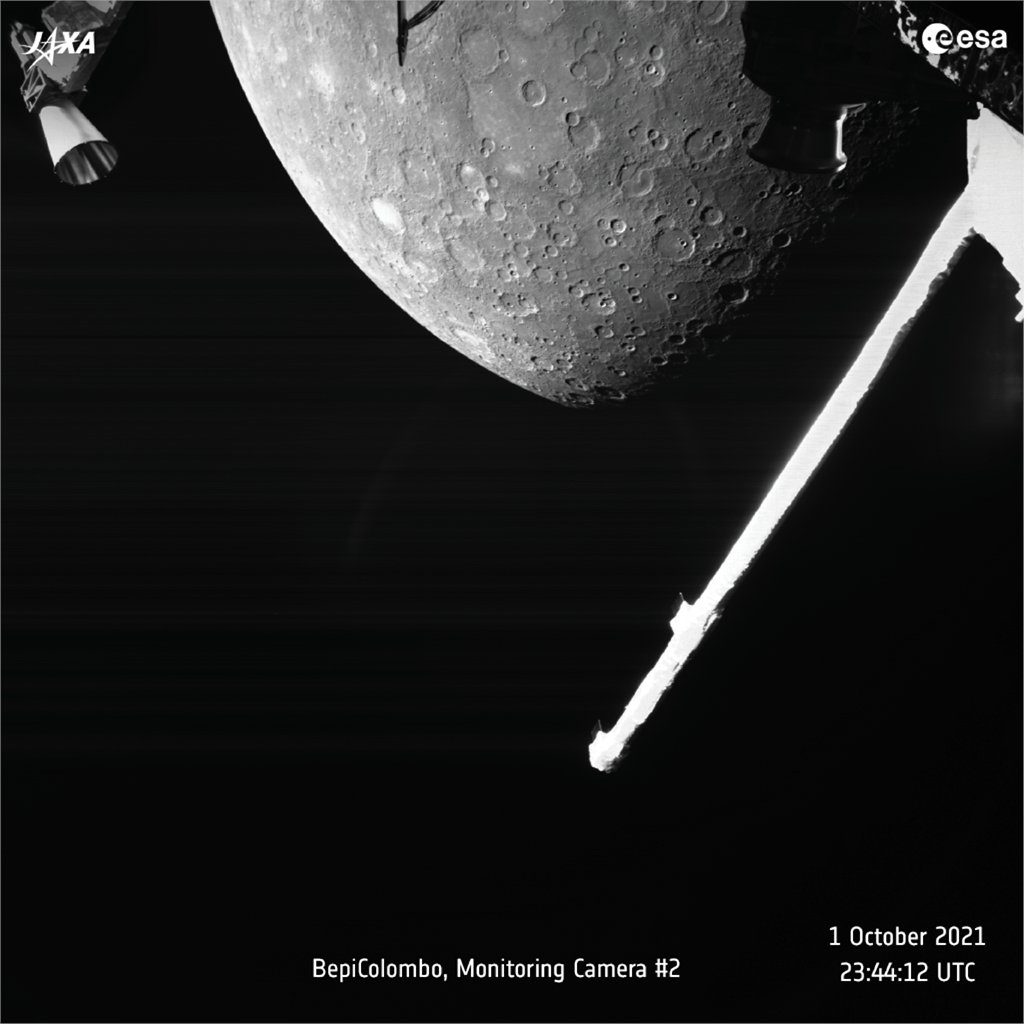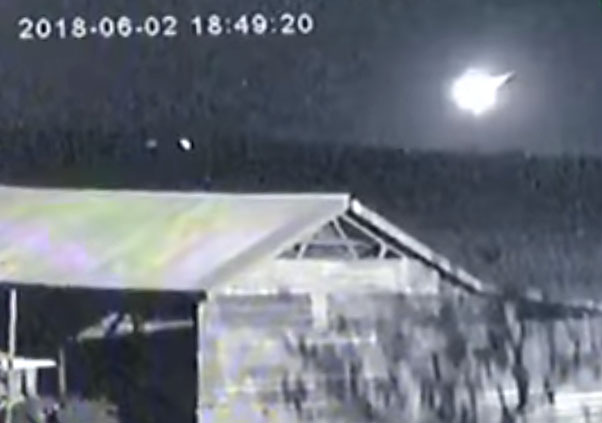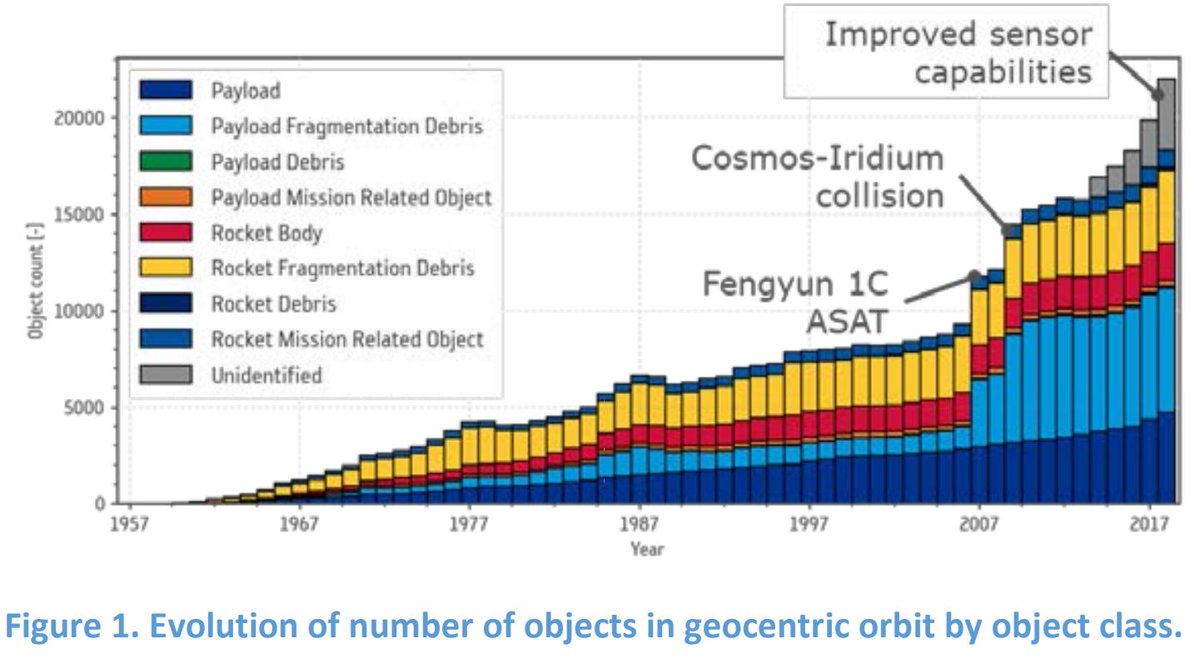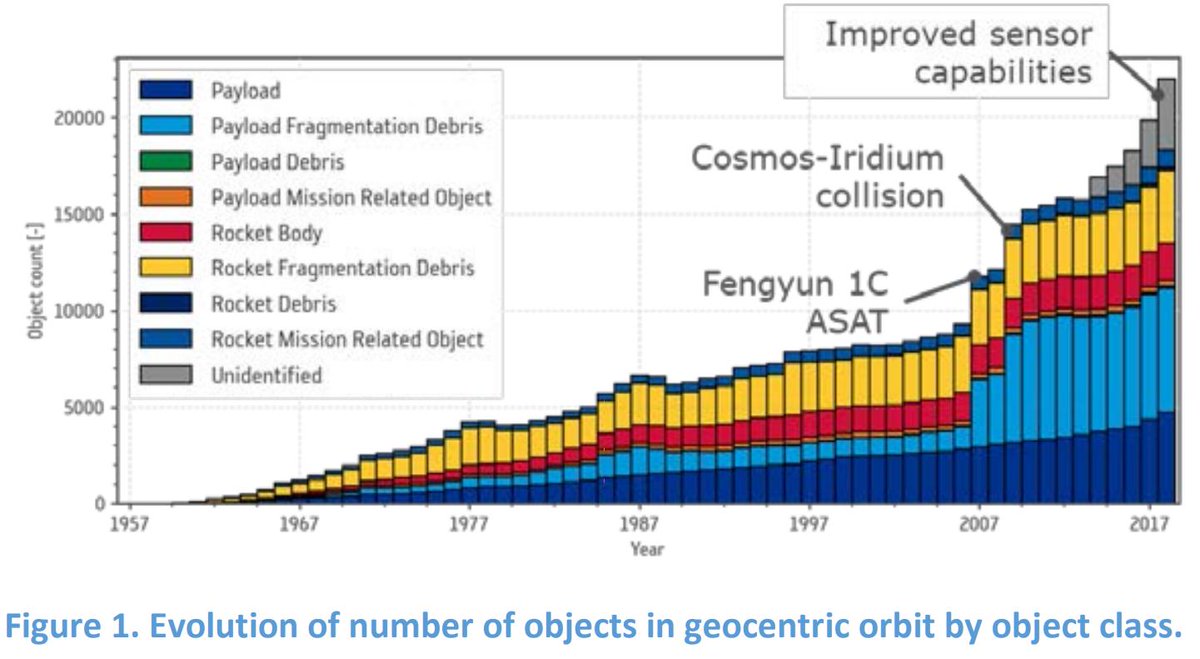
After 6 years in orbit, we say goodbye to @CopernicusEU #Sentinel1B and thank you to teams here at ESA’s #MissionControl, who for months have worked tirelessly to troubleshoot the issue that has now resulted in end of mission 👉esa.int/Applications/O… 

As the first mission of the @CopernicusEU Programme, Sentinel-1 comprises two satellites orbiting 180 degrees apart, providing all-weather, day-and-night imagery of Earth’s surface, designed, built, launched and flown by @ESA.
The partner satellite, Sentinel-1A, remains healthy in orbit, continuing to deliver high-quality radar images for a multitude of applications.
Our focus is on fast-tracking the launch of Sentinel-1C.
Our focus is on fast-tracking the launch of Sentinel-1C.
Sentinel-1 Ops Manager Alistair O’Connell: “We have #Sentinel1B under control, all other systems except the power-affected unit which prevents the radar from being switched on, continue to function nominally. We perform reg. monitoring of the🛰️health & routine orbit manoeuvres”
… ”We will keep #Sentinel1B under control until we can begin the disposal process, which we will start after Sentinel-1C is safely in orbit” ...
📷Some of the #Sentinel1 control team at #ESOC #MissionControl, Germany
📷Some of the #Sentinel1 control team at #ESOC #MissionControl, Germany

“Deorbiting Sentinel-1B will be in accordance with #spacedebris mitigation requirements that were in place for ESA projects at the time of design of Sentinel-1A & B, meaning reentry in the atmosphere will take place within 25 years"
... "In practice, #Sentinel1B's reentry duration is expected to be much shorter.”
#ResponsibleSpace
#SpaceDebris
#ResponsibleSpace
#SpaceDebris
What are "reentries", and why are they so important for #SpaceSustainability?
Find out more in the infographic and podcast series from @ESA and @UNOOSA 👉esa.int/Space_Safety/S…

Find out more in the infographic and podcast series from @ESA and @UNOOSA 👉esa.int/Space_Safety/S…
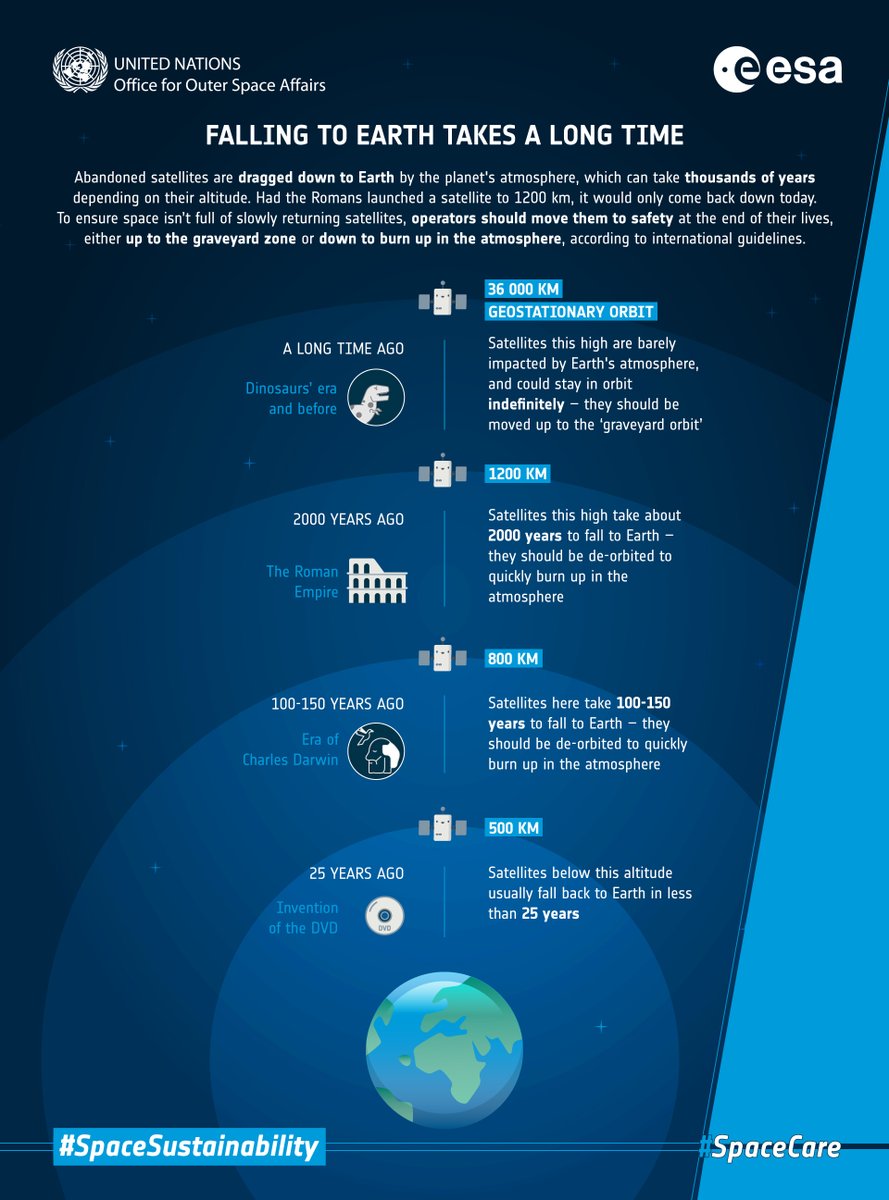

• • •
Missing some Tweet in this thread? You can try to
force a refresh



